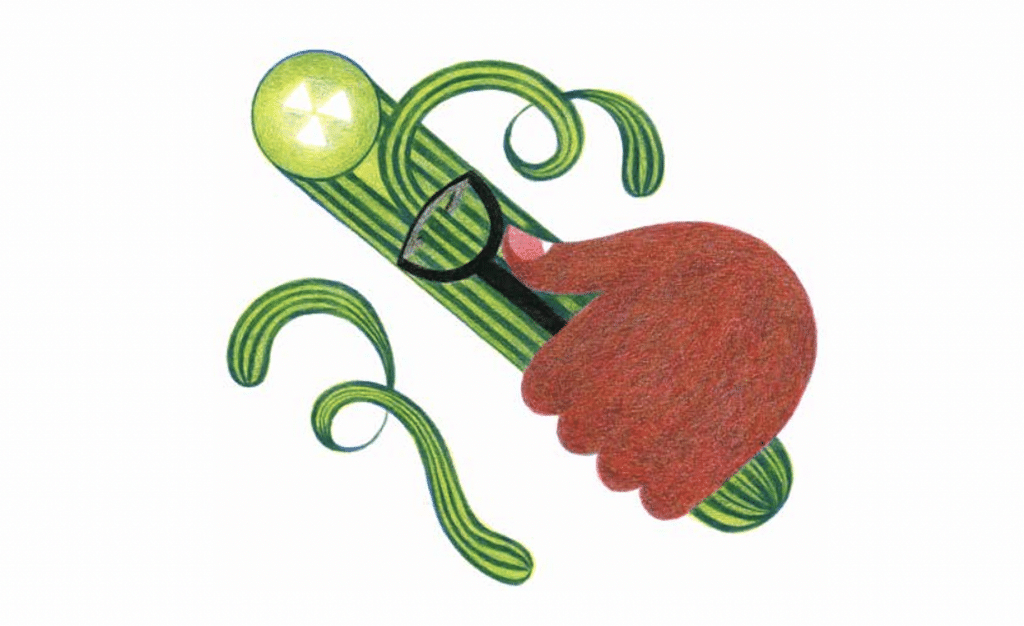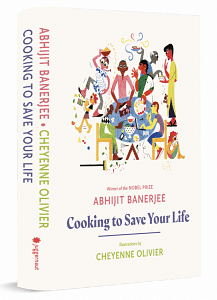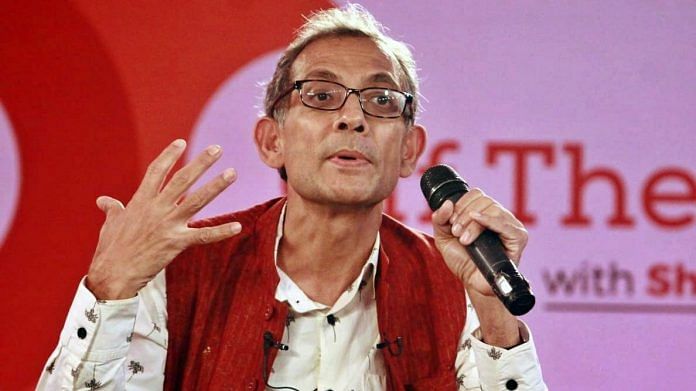Many people have told me that they cannot cook to save their lives. I don’t believe them. A lot of them can build a dresser out of an IKEA box – despite the fact that the instructions read like they were written by a wall-eyed robot whose first language was Esperanto, while writing code in C++ or programming a television set to switch between the news and a soccer match. How could it be possible that they are not able to follow a simple set of instructions?
Most culinary disasters, of which there are many, come from either underconfidence or overconfidence, and usually both. What undermines confidence is in part the memory of past disasters, cakes that leaked dough, meat that tasted like old leather, fish that suddenly melted into the stew, combined with the mysterious language that most cookbooks adopt.
My favourite example is from a Bengali cookbook that I owned when I first moved to the United States, which tells you, blandly, to wait till the onions have a nice colour. What is a nice colour, I would wonder, watching the onions go from translucent white to a rich golden, a reddish brown, a darker brown and finally a charred black. When should I have stopped?
Also read: Nobel for Abhijit Banerjee and co shows how Economics as a discipline is changing
But every cookbook writer does that, to a lesser or greater extent: every cookbook is strewn with expressions like ‘when the soup thickens slightly’, ‘when spices give out a nice aroma’, ‘when the custard sets’ and so on. The bad news is that there is no obvious way to entirely avoid them. The problem is that there is very little in the world of cooking that is standardized – the heavier the bottom of the pan, the longer it takes for the oil to reach the same temperature, and therefore the lower is the risk that the spices will burn if you leave them in for an entire minute. There are people who are comfortable working with a thermometer in their left hand, but I am not one of them – and in any case, I don’t recommend sticking a thermometer in the middle of a beautifully set custard to check the interior temperature. The best bet, in my opinion, is to use multiple metrics, as people in the consulting business like to say: watch the time, watch the colour (black is almost always bad, unless you started with something black or your goal is something charred, like a pepper or a steak), keep your nose trained (again, burnt things smell burnt, so unless that’s your objective…). I will try to offer multiple signposts to guide you through the process, but it’s impossible to avoid an occasional judgement call.
In particular there is no shame in starting again – especially if you suspect that something went badly wrong right at the beginning of a new step. The early ingredients are usually a small part of the overall cost of the dish, especially if you count the price of your time and the thought of watching your mother-in-law’s face as she munches through the soufflé.

Take comfort in the fact that it’s a big part of your learning experience – the next time you will know what cumin seeds look like before they turn black and acrid. And, just to be on the safe side, buy some extra of everything you will use – other than the expensive and perishable main ingredients like meat, fish or wild mushrooms.
In fact, I often plan entire dinners with some redundancy built into them – that way, if one course is really inedible, I can throw it. Just remember not to throw freshly burnt sauce into the plastic bag in the trash can as I once did – it will burn through the bag and flood your kitchen with the ineffable odour of burnt plastic with cinnamon dressing (or whatever you happen to be cooking).
The most important point, however, unless you are an expert – in which case you probably don’t need this book – is to trust the cookbook as far as possible. I know that you did exactly that the last time, while walking into that unforgettable disaster; I agree that the cookbook writer should have warned you that one cup of rice does not take half the time it takes to cook two cups.
But it’s still a lot safer to trust the cookbook than your instincts (unless of course you have exceptional gifts or vast experience) because the chemistry of food is complicated; what tastes too salty right now may turn too bland as the dish ripens and the salt gets absorbed, while what tastes flat now may turn too sharp as the salt interacts with the souring agents. And above all, stay away from quick fixes: sweet does not really cut the excess of chilli; yogurt thrown into a boiling sauce will separate into tiny blobs of milk fat, rather than give it that missing creaminess; and acrid, unfortunately, stays acrid.
Also read: Modi govt should spend more to support people, says Nobel laureate Abhijit Banerjee
My goal here is to offer you a path away from all that; my ideal would be to anticipate every possible source of confusion and either avoid them or at least address them; I won’t entirely succeed, but I have tried hard. Ideally read the book from start to finish because I find it too tedious to repeat the tips, and you might miss something useful if you skip directly to a recipe.
Finally, an important caveat (pre)emptor. Don’t buy this book if you really want a cookbook to save your life – it makes no pretence of being about healthy food. The goal here is to make delicious food with ease and confidence, to help liberate your inner gourmet cook from the weight of many cooking projects gone wrong. That often means getting knee-deep in fat, starch and sugars. Don’t worry, you don’t have to cook from this book every night – just when you want to make a splash.
I also have an embarrassing admission to make. This book is written the way I cook – expensively. I am fortunate enough not to have to be frugal and I am not. I try to buy very high-quality ingredients (when they are not available, I make something else).
Abhijit Banerjee won the Nobel Prize in Economics in 2019. He is the author of two books written with Esther Dufflo – Poor Economics and Good Economics for Hard Times. Cheyenne Olivier is an illustrator based in France. This is her first book.
 This excerpt from ‘Cooking To Save Your Life’ by Abhijit Banerjee, with illustrations by Cheyenne Olivier, has been published with permission from Juggernaut Books.
This excerpt from ‘Cooking To Save Your Life’ by Abhijit Banerjee, with illustrations by Cheyenne Olivier, has been published with permission from Juggernaut Books.



